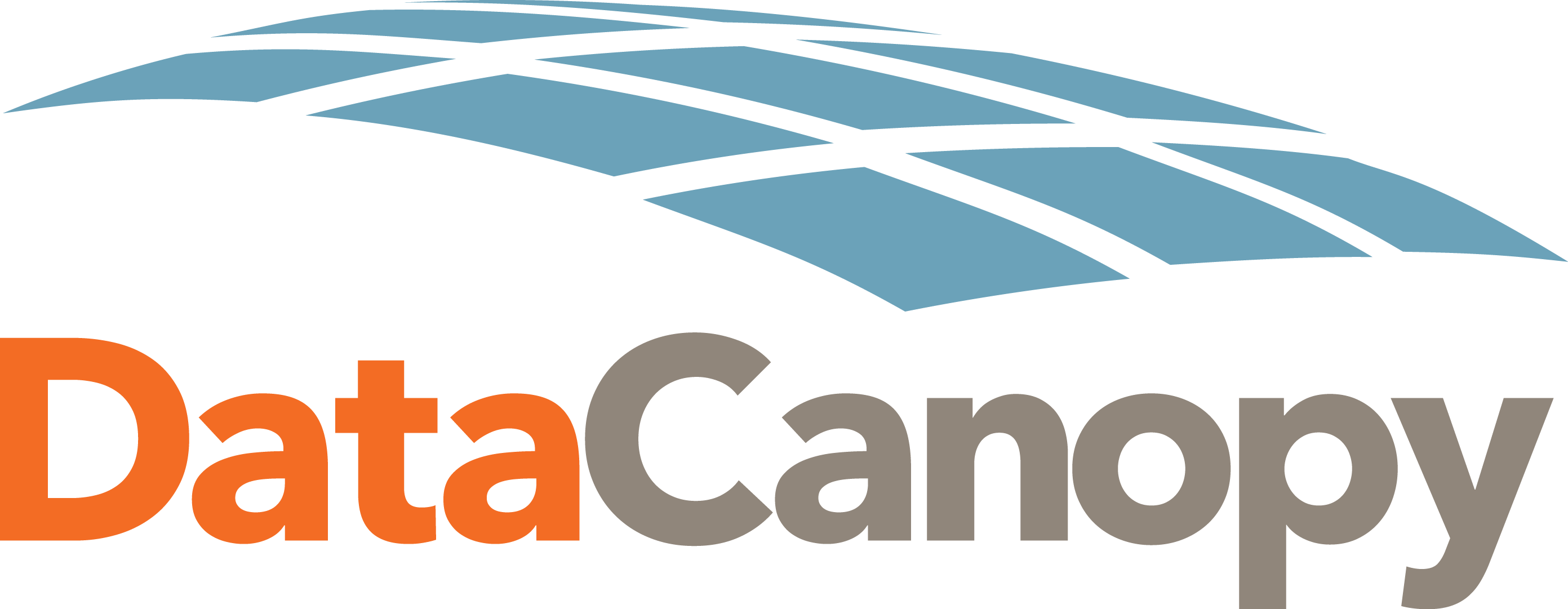Backups: A service in which the data and applications on a business’s servers are backed up and stored on a remote server. Backups protect against data loss, but recovery can take 72 hours or more. All environments are recommended to have backups.
Bandwidth: The maximum rate of data transfer across a given path. It can be characterized as network bandwidth, data bandwidth, or digital bandwidth.
Bare Metal as a Service: A physical computer specifically designed to run dedicated services from pre-configured settings. It is highly stable, durable, and reliable.
Cloud: On-demand availability of computer system resources, especially data storage and computing power, without direct active management by the user. It typically describes data centers available to many users over the Internet.
Colocation: A type of data center where equipment, space, and bandwidth are available for rental to retail customers.
Cross Connect: A piece of circuit-switched network equipment used in telecommunications networks that allows connectivity via specified carriers.
Disaster Recovery: A set of policies, tools, and procedures to enable the recovery or continuation of vital technology infrastructure and systems following a natural or human-induced disaster.
Egress Fees: Fees charged by cloud providers when data is retrieved from the cloud.
Gigabyte (GB): A unit of digital information equal to one billion bytes. The prefix “giga” means 10^9 in the International System of Units.
HDD (Hard Disk Drive): A non-volatile data storage device usually installed internally in a computer, attached directly to the disk controller of the computer’s motherboard.
Hybrid Cloud: A solution that combines private cloud or physical infrastructure with one or more public cloud services, providing businesses with greater flexibility by moving workloads between cloud solutions as needs and costs fluctuate.
Hyperscaler: A public cloud service, such as AWS or Azure, that enables an architecture to scale appropriately as increased demand is added to the system.
Hypervisor: Software that creates and runs virtual machines (VMs), allowing one host computer to support multiple guest VMs by virtually sharing its resources, such as memory and processing.
IaaS (Infrastructure as a Service): Online services providing high-level APIs used to dereference various low-level details of underlying network infrastructure like physical computing resources, location, data partitioning, scaling, security, and backup.
Industrial Internet of Things (IIoT): The network of physical devices, sensors, machines and other devices that are connected to the internet in various industrial settings, allowing for real-time monitoring, data collection and analysis to optimize processes, improve efficiency and reduce costs.
IP Address (Internet Protocol Address): A numerical label assigned to each device connected to a computer network that uses the Internet Protocol for communication. It serves two main functions: host or network interface identification and location addressing.
Kilowatt (kW): A unit of power equal to 1000 watts.
Megabyte (MB): A unit of digital information equal to one million bytes. The prefix “mega” means 10^6 in the International System of Units.
Multi Cloud: The use of multiple cloud computing and storage services in a single heterogeneous architecture. It also refers to the distribution of cloud assets, software, applications, etc., across several cloud-hosting environments.
POP (Point of Presence): An artificial demarcation point or interface point between communicating entities. An example is an ISP point of presence, the local access point that allows users to connect to the Internet with their Internet service provider.
Private Cloud: A computing model offering a proprietary environment for virtual resources, providing extended, virtualized computing resources via physical components stored on-premises or at a vendor’s data center.
Public Cloud: A type of computing in which a service provider makes resources available to the public via the internet.
RAM (Random Access Memory): A computer’s short-term memory, necessary for running programs, files, or streaming services.
RPO (Recovery Point Objective): The amount of data that can be lost within a period most relevant to a business before significant harm occurs, from the point of a critical event to the most preceding backup.
RTO (Recovery Time Objective): The maximum tolerable length of time that a computer, system, network, or application can be down after a failure or disaster occurs. An RTO is an important consideration in disaster recovery planning (DRP).
Storage: A model of computer data storage where digital data is stored in logical pools, said to be on “the cloud.” The physical storage spans multiple servers and is typically owned and managed by a hosting company.
Tier III Enhanced Facility: A data center that meets and exceeds the high security and architectural standards outlined by the Uptime Institute for Tier III facilities. Features include badge and bio readers, mantrap entries, smoke detection, and guarded entrances.
vCPU (Virtual Central Processing Unit): One or more vCPUs are assigned to every Virtual Machine (VM) within a cloud environment. Each vCPU is seen as a single physical CPU core by the VM’s operating system.
Virtual Machines: The virtualization/emulation of a computer system, providing the functionality of a physical computer based on computer architectures.
VPS (Virtual Private Server): A virtual machine sold as a service by an Internet hosting service. The virtual dedicated server also has a similar meaning.
